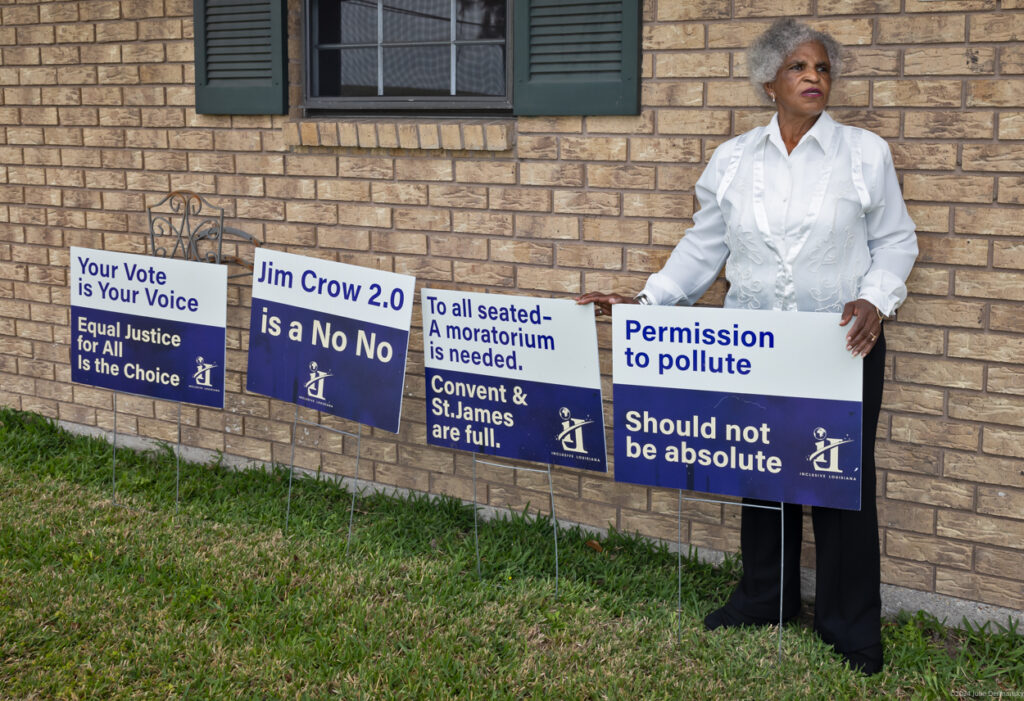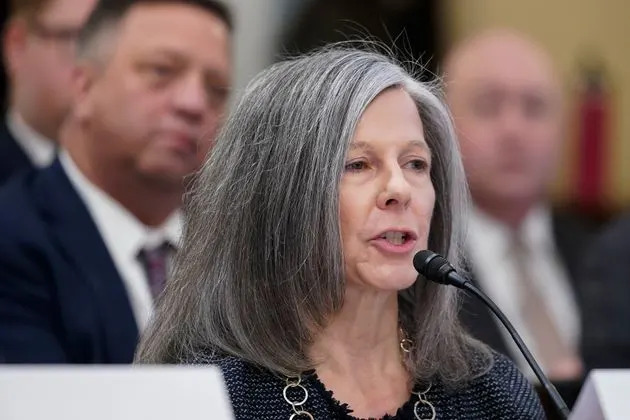The New Republic – Opinion
Trump’s Big Lie About Biden Implodes After MAGA Ally Admits Truth
Greg Sargent – April 11, 2024

Steve Bannon no doubt thought he was being deviously clever. Speaking with The New York Times this week, he elaborated on a sophisticated plan that Donald Trump’s allies have developed for boosting third-party candidates, so they siphon votes from President Biden.
A key part of this scheme, Bannon noted, entails boosting expected Green Party candidate Jill Stein by highlighting oil production under Biden to pull environmentally concerned voters away from him. As Bannon put it:
No Republican knows that oil production under Biden is higher than ever. But Jill Stein’s people do. … Stein is furious about the oil drilling. The college kids are furious about it. The more exposure these [third-party candidates] get, the better it is for us.
Whoa, that’s some serious 11-dimensional chess, Steve! Except for one thing. If you think for a second about Bannon’s quote—that “oil production under Biden is higher than ever”—it entirely undermines one of Trump’s biggest lies: the claim that Biden’s effort to transition the United States to a decarbonized economy has destroyed the nation’s “energy independence,” leaving us weak and hollow to our very core.
This saga captures something essential about how MAGA-world fights the information wars. You’ll note that Bannon is not even slightly troubled by the idea that telling the truth about Biden’s record to one set of voters—left-leaning, green-minded ones—might contradict one of Trump’s most frequent lies to countless others.
It isn’t just that for Bannon, assertions should be evaluated purely for their instrumental usefulness. It’s also that he apparently has total confidence that voters who really need to hear the truth he uttered—those in the industrial and Appalachian heartlands who are the targets of Trump’s propaganda—never, ever will, even if he admits to it right in the paper of record.
It’s hard to overstate how central Trump’s story about “energy independence” is to his campaign. His basic claim is that under his presidency, we produced record levels of oil, inherently making us strong, whereas under Biden, we’re seeing a “war on American energy” responsible for many ills: deindustrialization, vulnerability to leftist enemies within, dependence on China and other nefarious “globalist” actors, and all-around national decline.
In reality, Biden’s green policies are facilitating billions of dollars in investments in rebuilding the industrial base via green energy manufacturing, which is creating a whole lot of advanced manufacturing jobs for people without college degrees—exactly the targets of Trump’s demagoguery. Those policies are driving a manufacturing boom, ironically in red-leaning communities. Green manufacturing makes us stronger, not weaker—more prepared for a future in which climate change becomes a more pressing threat, not just to the world, but to our own national interests.
Importantly, all this is happening while the U.S., under Biden, is producing more oil and more natural gas than ever before. Incidentally, as Washington Post fact checker Glenn Kessler details, Trump wasn’t even that responsible for the recent oil boom anyway: It started before his presidency, thanks to new energy technologies.
“The U.S. is now producing more oil and gas than it ever has, and exporting more than ever,” Jesse Jenkins, an energy expert at Princeton University, told me. “We’re a net exporter of all fossil fuels. So we’ve achieved that long-sought goal of physical energy security.”
Now the idea of “energy independence” is confusing to begin with. Even if we export more than ever before, oil is a global commodity, which inevitably makes us vulnerable to international shocks. But the answer to that is to wean ourselves off fossil fuels, not to drill more, as Trump wants. Regardless, by Trump’s own metric—that “energy independence” is good, that net exports of fossil fuel energy make us definitionally strong—we’ve achieved more of this under Biden. And critically, his policies are at the same time transitioning us to a post-carbon economy.
Bannon knows all this. Yet Trump and his allies keep repeating the contrary story. “They obviously know this narrative is a crock of lies,” Jenkins said.
It’s worth stressing that some progressive voters might nonetheless be reasonably upset about oil production under Biden. But the broader story remains that Biden is moving us toward a decarbonized economy by using the levers of government to boost demand and production of renewable energy sources over time.
“What’s important to note is that U.S. greenhouse gas emissions are falling,” Jenkins says. That both this and robust oil production and exports are occurring simultaneously, he notes, would probably be viewed positively by moderate voters, including in Appalachia and the industrial Midwest.
That is, if those voters hear any of this through the fog of MAGA agitprop. Trump’s attacks on Biden’s energy “weakness” are designed to tell a meta story that has little to do with policy details: Trump will protect us from an array of shadowy forces associated with green energy—leftism, China, ill will toward good ol’ American fossil fuel–guzzling SUVs—while Biden is making us vulnerable to them.
You can see how this works in Trump’s proposal for across-the-board tariffs. These would hike prices for American consumers—they would impose a tax—even as Democrats have opted for green policies that move away from the more traditional policy of a carbon tax. Yet as Brian Beutler and Matthew Yglesias explain, Trump can still present his tariffs as a form of protection and Biden’s green agenda as a form of vulnerability, because each of these policies “code” that way for many voters.
Bannon understands all this. Strikingly, he declares that “no Republican knows” that oil production is so high under Biden, which is another way of saying that no Republican voters know that Trump is lying in their faces. Bannon and other MAGA propagandists are making sure of that. They are using their influence over information flows to those voters to ensure that the truth never reaches them. And they’re absolutely confident in their ability to succeed.




























